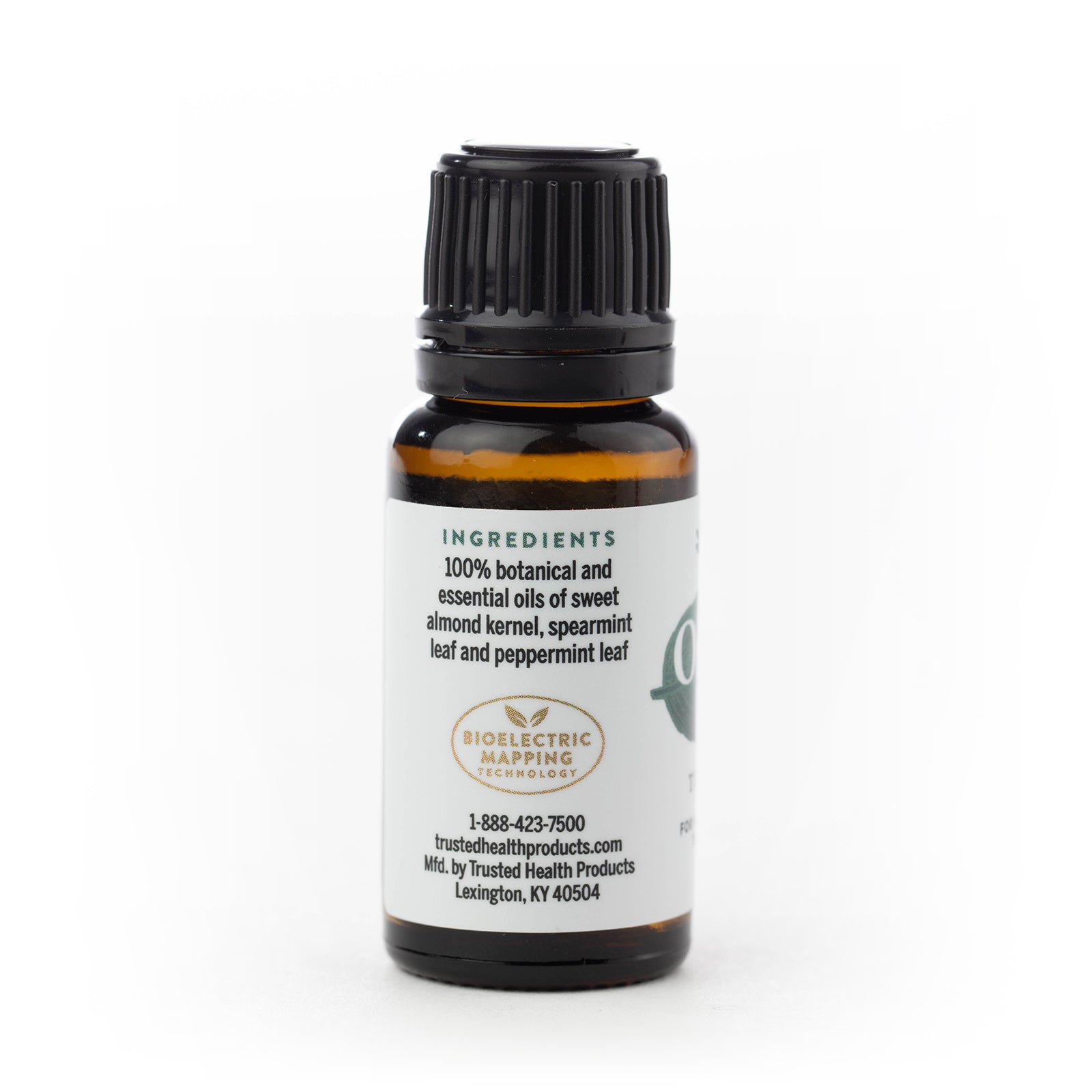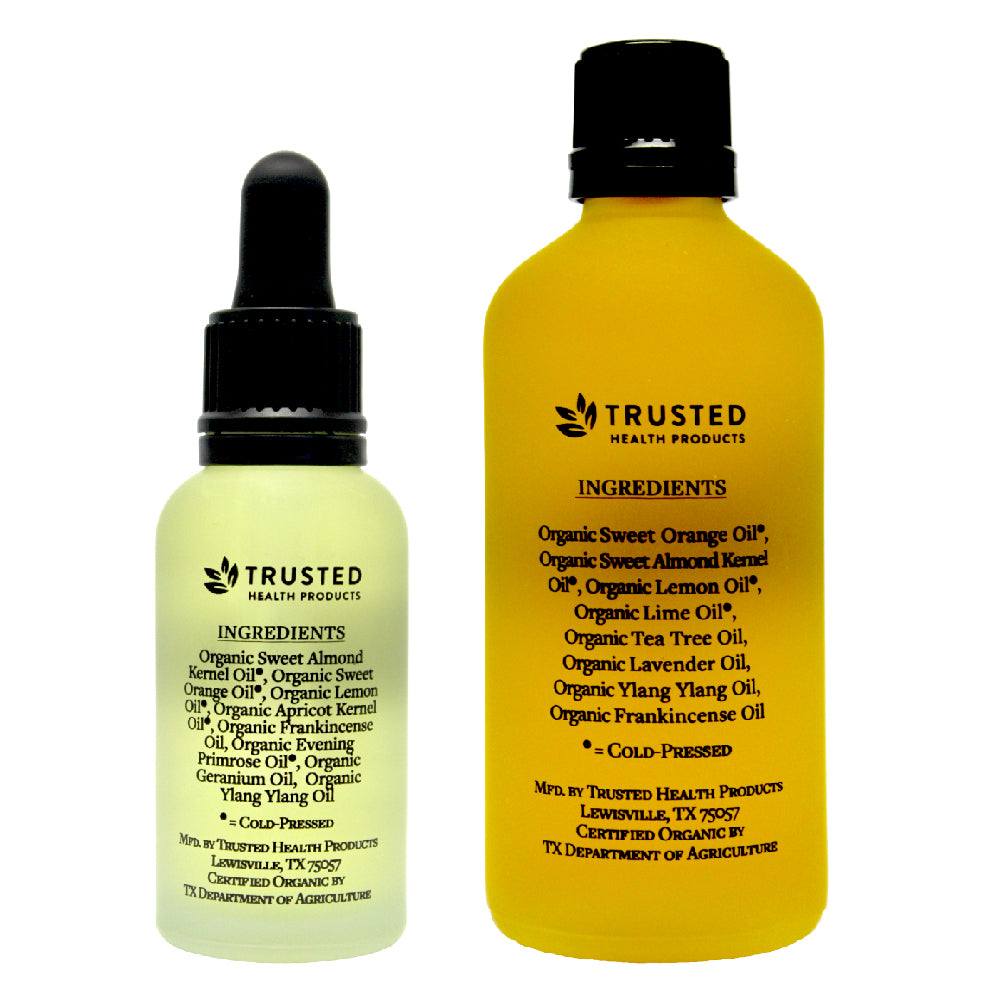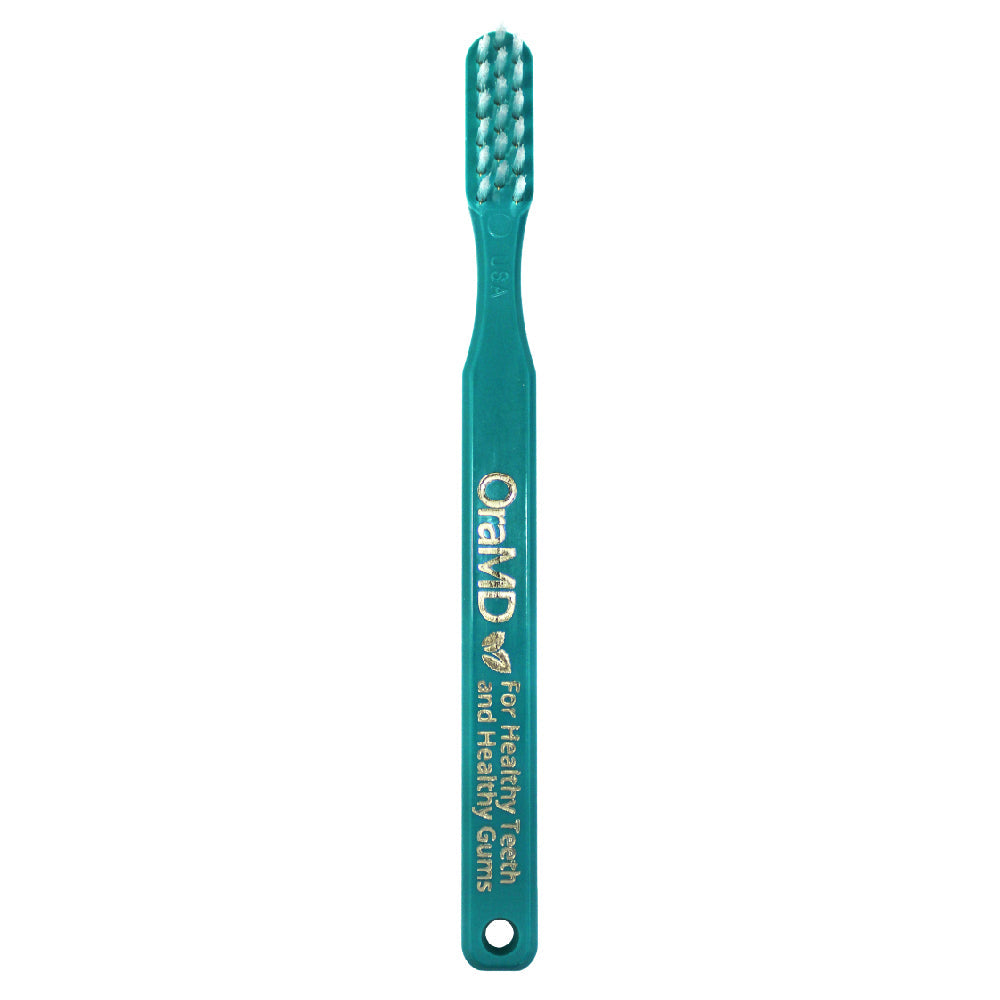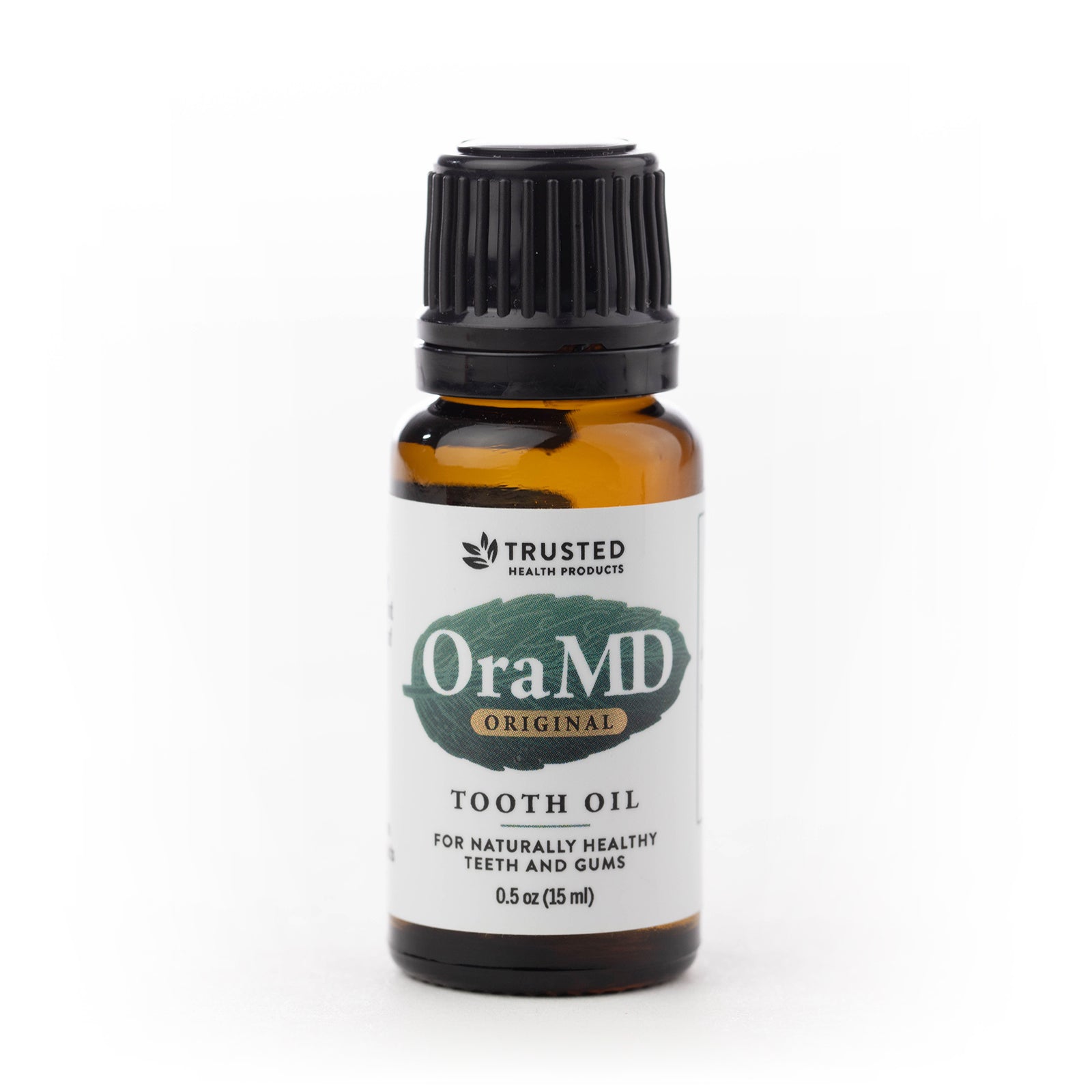Link Between Teenage Obesity And Stiffening Arteries
July 30, 2019
Author: Admin Editor
Tags:
Children and adolescents with long-term obesity have increased arterial stiffness by their late teens, a new study shows. These results call for more initiatives to reduce teenage obesity. "The teens are a key period for measures to tackle obesity, since doing so then brings better health in the long term," says Frida Dangardt, first author of the article and Associate Professor in Clinical Physiology at Sahlgrenska Academy, University of Gothenburg, and a doctor at Queen Silvia Children's Hospital, part of Sahlgrenska University Hospital in Gothenburg, Sweden.
For the study - published in The Lancet Child & Adolescent Health - the scientists investigated whether blood vessels were also affected by other risk factors for cardiovascular disease such as high blood pressure, high blood lipid (fat) levels and high blood sugar. These factors were associated to some extent with increased arterial stiffness at age 17, but mainly for those who had obesity. "We've been able to demonstrate that fat mass as such is what is most strongly associated with arterial stiffness, but that inferior metabolic health boosts this effect," Dangardt continued.
The study covers 3,423 children whose body composition was measured at ages 9, 11, 13, 15 and 17. The method used was DEXA (dual energy X-ray absorptiometry) scanning for whole-body measurement with weak X-rays. DEXA scans yield clear figures on fat, muscle and bone proportions in the body. The DEXA scanning measurement method is emphasized as a key factor in the context. Assessing obesity in a population of children and adolescents through puberty is otherwise difficult. Using Body Mass Index (BMI) as a measuring method is complicated by children's increasing muscle mass and rapid growth spurts. The study makes it clear that this method is considerably more reliable than BMI for studying obesity trends in childhood and adolescence.
The study showed that it is possible to influence arterial stiffness. Stiffness in the arteries - gauged by measuring pulse-wave velocity - is a clear sign of atherosclerosis. In adults, it entails elevated risks of heart attack, stroke and death from cardiovascular disease. The children and adolescents who normalized their fat mass also attained normal arterial resilience - a key result for future research on weight-loss programs. "The fact that we can see, already in the teenage years, that a decrease in fat mass brings about a normalization of the arterial stiffness is positive, since it shows we can do something about this risk," Dangardt added.
Link Between Obesity And Compromised Taste Buds
Past research studies and examinations of certain populaces have demonstrated that gaining weight or obesity can diminish one's affectability to properly taste and enjoy the food they consume. This impact can be turned around when the weight is lost, yet it's been odd trying to understand how such an event takes place to begin with. An investigation - launched by Andrew Kaufman, Robin Dando, and partners at Cornell University - demonstrated that irritation, driven by weight, really diminishes the quantity of taste buds on the tongues of mice.
A taste bud includes roughly 50 to 100 cells of three noteworthy compositions, each with various parts in detecting the five essential tastes - salt, sweet, bitter, sour, and umami. Taste bud cells turn over rapidly, with a normal life expectancy of only 10 days. To investigate changes in taste buds in those who are obese, the experimenters bolstered mice either with an ordinary eating regimen made up of 14 percent fat, or an obesogenic eating routine containing 58 percent fat. After a two-month period of time, the mice encouraged by the obesogenic eating routine weighed around 33 percent more than those accepting ordinary less fatty foods. Strikingly, the hefty mice had around 25 percent less taste buds than the lean mice, with no adjustment in the normal size or distribution of the three cell compositions inside their individual taste buds.
The turnover of taste bud cells ordinarily emerges from an adjusted mix of modified cell passing - a procedure known as apoptosis - and age of new cells from extraordinary ancestor cells. The scientists observed that the rate of apoptosis expanded in large mice, while the quantity of taste bud ancestor cells in the tongue declined, likely clarifying the net decrease in the quantity of taste buds for fatter mice. Mice that were hereditarily impervious to gaining weight and becoming stout did not demonstrate these impacts, even though they were encouraged with a high-fat eating routine.
Weight is known to be related with an endless condition of poor quality aggravation, and fat tissue creates pro inflammatory cytokines - atoms that fill in as signs between cells - including one called TNF-alpha. The creators found that the high-fat eating routine expanded the level of TNF-alpha encompassing the taste buds; mice that were hereditarily unequipped for making TNF-alpha had no decrease in taste buds, in spite of putting on weight. Infusing TNF-alpha specifically into the tongue of fit mice prompted a diminishment in taste buds, notwithstanding the low level of muscle versus fat.
This information suggests that ceaseless introduction to a high-fat eating regimen is related to a poor quality inflammatory reaction causing an interruption in the adjusting instruments of taste bud upkeep and restoration. This makes sense when we think about how many people who are overweight often cannot get properly satisfied by the food they consume. Despite eating very rich or decadent foods, they aren't ever really properly satisfied. This could be due to their taste buds losing function.
Subscribe to our Trusted Health Club newsletter for more information about natural living tips, natural health, oral health and skincare. If you are looking for more health resources check out the Trusted Health Resources list.
Reviewed By:
Founder Ray Spotts has a passion for all things natural and has made a life study of nature as it relates to health and well-being. Ray became a forerunner bringing products to market that are extraordinarily effective and free from potentially harmful chemicals and additives. For this reason Ray formed Trusted Health Products, a company you can trust for clean, effective, and healthy products. Ray is an organic gardener, likes fishing, hiking, and teaching and mentoring people to start new businesses. You can get his book for free, “How To Succeed In Business Based On God’s Word,” at www.rayspotts.com.


















































